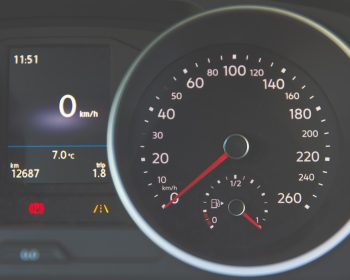Carbonflo withstands 250,000 miles on the road or 10,000 hours at sea

The world has never been more aware of the importance of reducing harmful emissions and improving the efficiency of our vehicles. As a result, innovative fuel-saving and emission-reducing technologies have been continuously emerging in the market. One such solution that garnered much attention from both land and marine vehicle owners …






